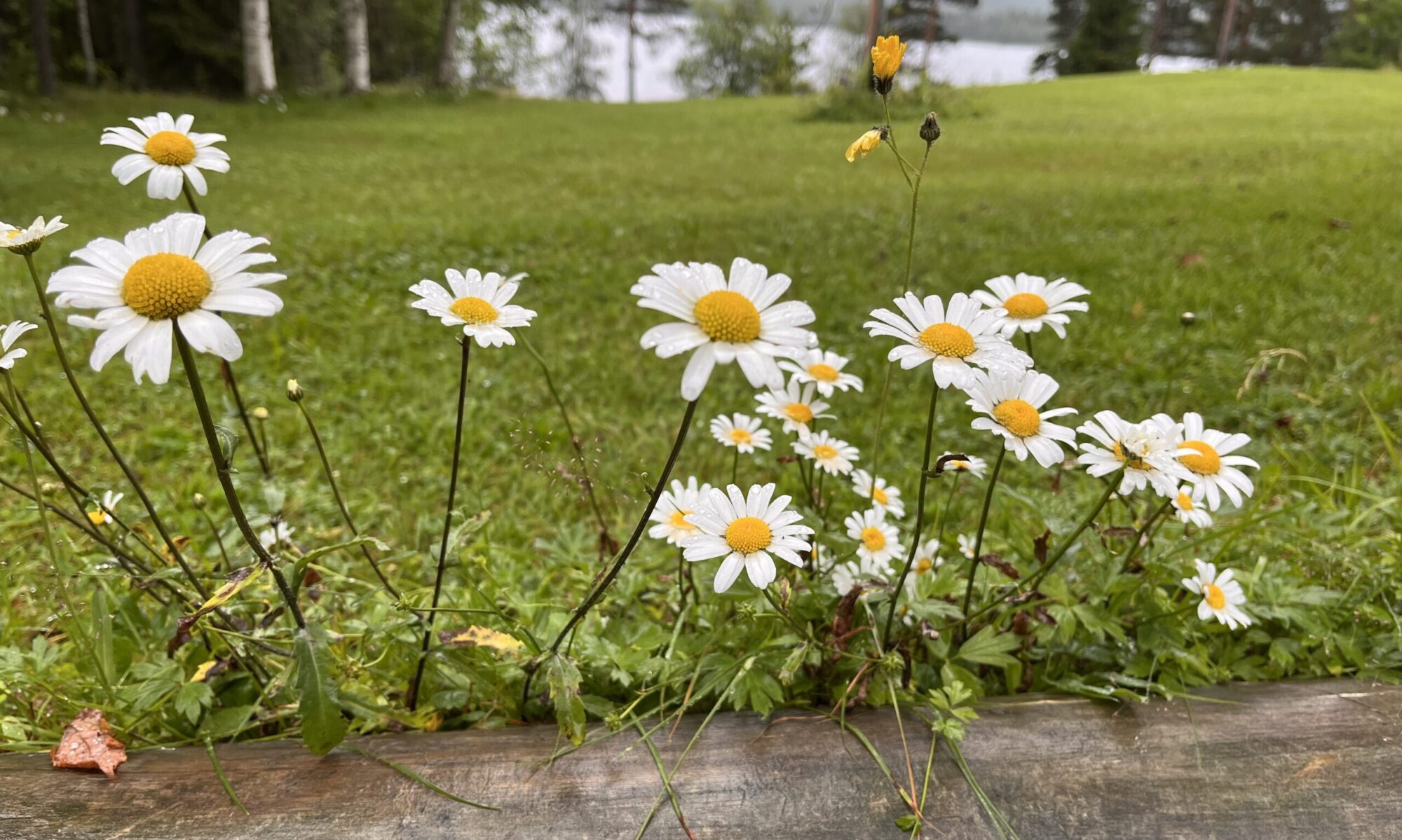In less than 4 months, Mats will be 10 years old and in 2013 we drove for him from Austria to Kiruna (northern Sweden - a total of 6500 km) "for a coffee". We have already been able to spend 2/3 of his lifetime together and I hope that he will have a good life with us for at least another 5 years. My first Alaskan Husky :). And he made me crazy in the beginning, always full of energy, always demanding.

Mats is a huge male dog over 70 cm shoulder height and weighs 30 kg, I see him as the perfect lead dog for me. Except for a torn nail, Mats was always healthy and always part of the team. Whether on short tours, for training young dogs, on long tours or on sled dog races. Always strong, healthy, only needed a short recovery time, always ate, was always hot like "Neighbour's Lumpi" haha and, as a male for breeding, he was the basis of our kennel. We can always rely on Mats. Sometimes he was also in our house, then he was a couch potato and adapted really quickly. When he's outside in a pack he's loud and full of energy, inside he's quiet, relaxed and a petdog.


Blood tests were always fine and physiotherapeutic checks revealed a balanced body image. We started with Mats when he was about 1 year old and since then he has run between 20 and 30,000 kilometers with us.


Mats is still full of energy and always wants to be with us, at every training session. It is not important to him that he runs for a long time, it is more important to him that he is still our lead dog. That he feels we need him. Almost every day, if the weather is right, he's the most important for us when it comes to show the youngsters where to go. We try to give him what he loves for as long as possible. To go ahead as a leader, to experience adventures with us and to show his strength. Even if the adventures are getting shorter and smaller, adapted to his age and physical capabilities. This dog, so special to me, has been in a “midlife crisis” for almost a year. I'm convinced that dogs like Mats, who have such an intense bond with us and had this great tasks, can go into such a mental crisis. Especially if they remain in the pack, it is important that such dogs have our full support and continue to have a job where they can be important, in the area that they have been working all their life. Not to spare him, but to adapt the training to his possibilities.

Matsi, looking forward to the next, at least 5 years. My gentleman




